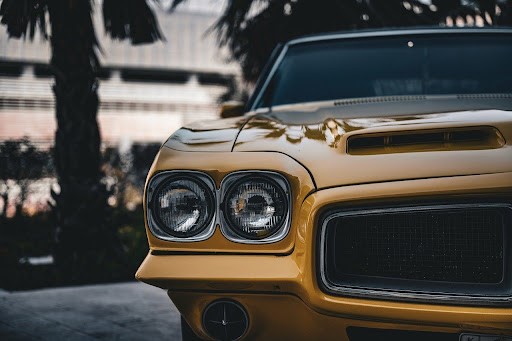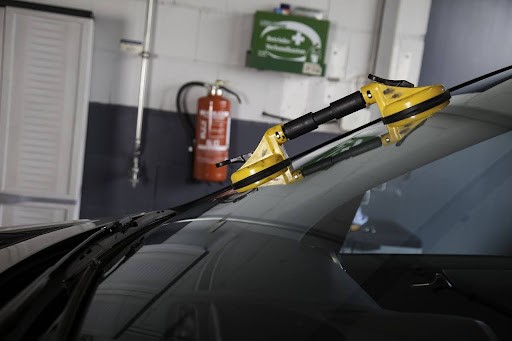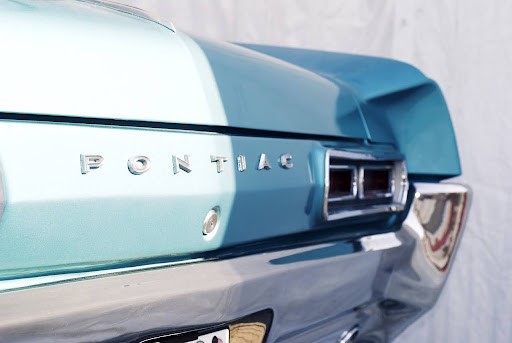 Protecting your vehicle from the harsh realities of weather and environmental elements is crucial for maintaining its aesthetic appeal and ensuring its longevity and functionality. Exposure to conditions such as the scorching sun, pounding rain, heavy snow, or abrasive dust can significantly deteriorate your vehicle’s condition if not properly managed. This guide will explore practical and effective strategies to shield your vehicle from these damaging elements. By understanding and implementing these protective measures, you can safeguard your investment and keep your car in good condition for years.
Protecting your vehicle from the harsh realities of weather and environmental elements is crucial for maintaining its aesthetic appeal and ensuring its longevity and functionality. Exposure to conditions such as the scorching sun, pounding rain, heavy snow, or abrasive dust can significantly deteriorate your vehicle’s condition if not properly managed. This guide will explore practical and effective strategies to shield your vehicle from these damaging elements. By understanding and implementing these protective measures, you can safeguard your investment and keep your car in good condition for years.
Using Quality Car Covers
Using a quality car cover is one of the simplest yet most effective ways to protect your vehicle when parked outdoors. Car covers are a barrier against many elements, including UV rays, rain, bird droppings, and sap. When selecting a car cover, choose materials appropriate for your climate—waterproof covers for rainy areas and UV-resistant covers for sunny locales. A well-fitted cover not only protects the exterior but also prevents minor scratches that can occur from debris and dust.
Regular Washing and Waxing
The accumulation of dirt and pollutants on your vehicle’s surface can lead to long-term damage, such as rust and a dull finish. Regular washing helps remove these contaminants, while waxing provides a protective layer that shields the paint from UV damage and minor abrasions. Ideally, vehicles should be washed every two weeks and waxed every six months to maintain optimal protection and shine.
Using Bedliners for Truck Protection
For truck owners, the bed of your truck is particularly vulnerable to damage from moisture, rust, and debris. A bedliner is an excellent investment to protect this area. There are two main types of bed liners: spray-on and drop-in. Spray-on bed liners offer permanent, watertight, and airtight protection that conforms precisely to every curve and corner of your truck bed, providing superior protection against moisture and rust. On the other hand, drop-in bed liners are easier to install and remove for cleaning but can trap moisture underneath if not fitted correctly.
Window Treatments and Tinting

Windows are vulnerable to UV damage to the interior fabrics and the occupants. Applying a UV-protective film can significantly reduce this exposure, helping to keep the interior from fading and cracking over time. Additionally, window tinting can help control the internal temperature of your vehicle, making it more comfortable during hot days. However, it’s important to check local laws regarding tinting to ensure compliance.
Protective Coatings for Paint
For those looking to further protect their vehicle’s paint job, a ceramic coating is a worthwhile investment. This liquid polymer forms a chemical bond with the paint, creating a layer of protection that is more durable than wax and can last for years. Ceramic coatings are highly effective in preventing oxidation, stains, and UV damage, and they make cleaning easier since dirt and grime have a more challenging time sticking to the surface.
Maintaining Tire Health
Tires are a crucial but often overlooked component in vehicle protection, and adverse weather conditions significantly impact them. Regular inspections and maintenance are vital in preventing premature wear and tear. Keeping your tires properly inflated, aligned, and rotated according to the manufacturer’s recommendations is essential to ensure optimal performance. Additionally, during the colder months, consider switching to winter tires. These are designed to provide better traction and stability in snowy and icy conditions, enhancing safety and handling during winter driving.
Sealing and Replacing Weatherstripping
Weatherstripping is key to keeping the elements out and maintaining a comfortable interior climate. Over time, however, weatherstripping can become worn and lose its effectiveness. Inspecting and replacing weatherstripping around doors, windows, and the trunk is crucial to prevent water from entering and damaging your vehicle’s interior.
Undercarriage Care

Your vehicle’s undercarriage is exposed to a lot of abuse, particularly from road salt in winter, which can lead to significant rust and corrosion. Regular cleaning and applying protective coatings can help mitigate these effects. Many car washes offer an undercarriage blast option to help remove road salt and grime. For additional protection, undercoating can provide a barrier against moisture and chemicals.
Storage Solutions
If you need to store your vehicle for an extended period, choosing the correct storage method is vital to protect it from the elements. Indoor storage is ideal as it protects from all environmental factors. However, if indoor storage isn’t an option, a high-quality, weatherproof car cover can provide significant protection. Additionally, make sure to fill the gas tank and consider a fuel stabilizer to prevent moisture from accumulating inside the fuel tank and to keep the seals from drying out.
Conclusion
Protecting your vehicle from the elements involves a comprehensive strategy tailored to your local environment and your vehicle’s unique requirements. By diligently implementing a range of protective measures, you can do more than preserve the aesthetic appeal of your car; you can also significantly boost its resale value and extend its operational lifespan. Regular care and preventative maintenance play essential roles in this process, ensuring that every component of your vehicle remains in good condition. Such ongoing attention helps fortify your truck against the diverse challenges posed by weather conditions, keeping it primed and ready to withstand whatever the elements throw its way.










